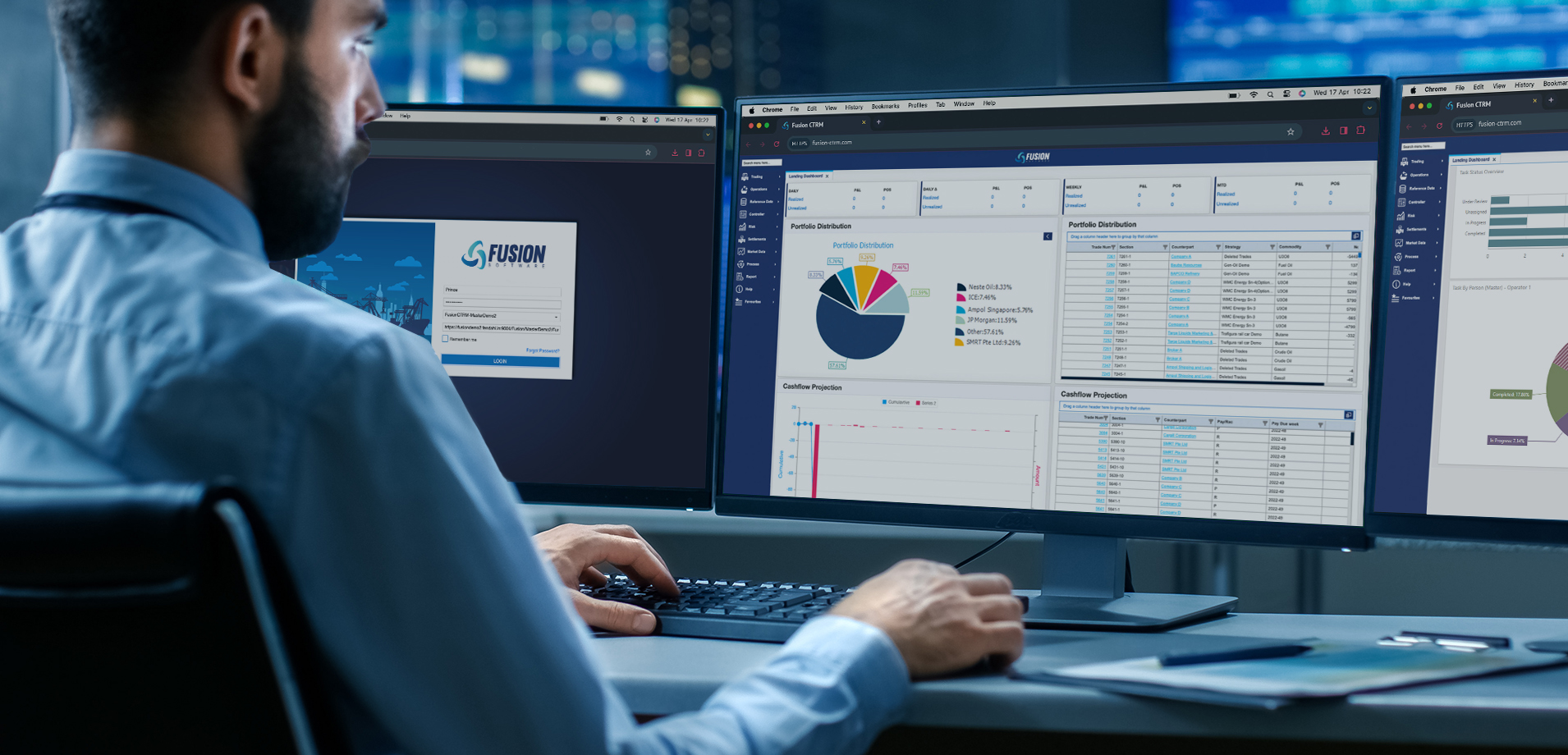Changing systems causes business disruption and costs money, but living with a poorly performing ETRM can cost a trading business significantly more. So when does it make sense to replace an ETRM system?
It’s a fact that many trading businesses live with poorly performing ETRM systems. But for many businesses it is a case of “better to stay with what you know” than risk change. Senior management worry about disruption to the business and often have a pragmatic view that there probably are no “better” ETRM systems available.
Until recently these concerns meant that there was no real justification for making a change. But over the past 2 years a new generation of ETRM systems have emerged that has made many senior managers start to wonder if now is the right time to make a change.
These next generation systems provide some key advantages over the existing legacy ETRM systems that have dominated the ETRM market since the late 1990s. Firstly the new systems are flexible. The trading and risk functionality they offer can be molded to the specific business processes of individual trading businesses. Existing legacy systems typically provide a poor functional fit because they are highly inflexible. In many cases this means a significant proportion of a trading business’ processes have to be performed outside the ETRM system which is not good at all.
Secondly next generation systems provide a new level of reporting and decision support tools. The existing legacy systems were built largely to act like static accounting systems; capturing trades, managing positions, managing risk, etc. They were not designed to support decision making and this explains which almost none of the legacy ETRM systems have any effective reporting capabilities.
Modern next generation ETRM systems have been designed with decision support as a key requirement. They come with powerful analytical and business reporting tools tightly integrated. These tools have been designed to be easy to use and are intended for business users. Next generation solutions like the Fusion ETRM solution from Fendahl Technology offer powerful decision support tools to perform market simulation and sophisticated “what if” analysis.
The third advantage that a next generation ETRM solutions offer is flexible deployment options. Aspect Development has been offering a Web only based ETRM solution for some years now. However exiting Web based ETRM solutions have offered only marginal benefit over legacy on-site deployed ETRM solutions. Being able to access inflexible ETRM functionality via a Web browser provides no real benefit. However true next generation solution offer flexible deployment options (i.e. on-site, hosted, or SaaS) and offer flexible ETRM functionality.
The fourth advantage that next generation ETRM systems offer is better value. Next generation systems offer trading businesses the opportunity to significantly reduce operating costs in terms of lower support and maintenance costs. The cost reduction alone in most cases is large enough to financially justify a replacement project business case.
Senior management often worry that implementing a new ETRM system will cause a high level of disruption in the business. They have seen how much time and effort their existing systems took to implement and they are concerned. However, the new next generation ETRM systems can be implemented in most trading businesses in far less time than traditional legacy ETRM systems.
The memory of pain and run away implementation costs, that makes senior management shudder when they remember implementing their existing ETRM system, were mainly caused by inflexible functionality. They were forced to change business processes and pay their ETRM system vendor for expensive “change requests”. This added months to the implementation project and added massive costs to the project. The flexible functionality of modern next generation ETRM systems means implementation projects are shorter and cost far less.
An increasing number of trading businesses are realizing that their existing ETRM systems are holding their business back. The new next generation ETRM systems provide; flexible functionality, advanced decision support tools, a significantly lower cost of ownership, and can be implemented quickly and efficiently. As a result they have concluded it is time to evaluate replacing their existing ETRM systems.





